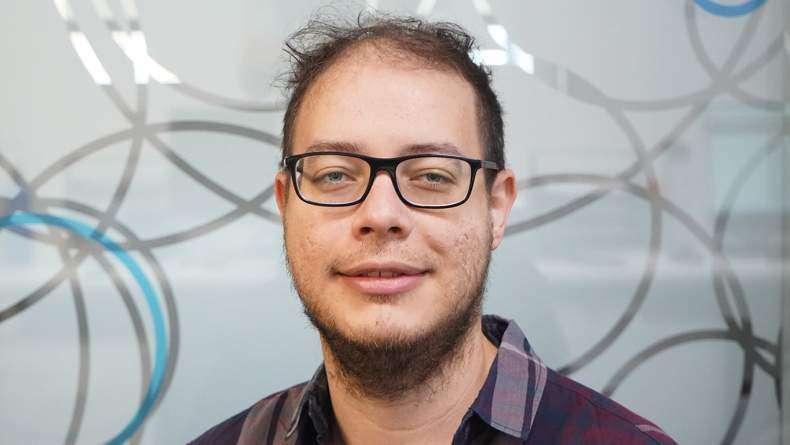PhD Results #3

IRATI RODRIGO
(BCMATERIALS)
Magnetic Combination Therapy: a new, drug-free approach to cancer treatment
Magnetic hyperthermia and magneto-mechanical destruction are two emerging cancer therapies. Individually, magnetic hyperthermia (mediated by nanoparticles) and magneto-mechanical destruction (mediated by microdiscs) have shown promising results in killing cancer cells; however, neither method is 100% effective. Studies combining hyperthermia with other established treatments (e.g. chemotherapy) show that integration of a magnetic particle-based therapy can improve treatment efficacy. Therefore, combining heat-based and mechanical-based particle techniques may have the potential to increase cancer cell death via a drug-free therapy. The aim of this work is to study the combination of these treatments to develop a new, more efficient therapy. For hyperthermia, we synthesized magnetic iron-oxide nanoparticles (MIONs) by thermal decomposition. They were later coated with DEXTRAN and DSPE-mPEG(2000) (mPEG). For magneto-mechanical destruction, we fabricated synthetic antiferromagnetic (SAF) microdiscs with perpendicular anisotropy using a combination of sputtering and lithography techniques. Both particles (nanoparticles and microdiscs) were magnetically and morphologycally characterized. Cytotoxicity assays evaluated the cell viability of CC531 rat cell lines after incubation with un-coated, DEXTRAN-coated and mPEG-coated MIONs, along with the microdiscs. In vitro tests on the CC531 cells under the application of the cancer treatments were performed. Cell viability measurements were used to assess the cell-killing efficiency of hyperthermia and magneto-mechanical destruction individually compared with their combined effect.
DAVID PAYNO
(BCMATERIALS)
INTRODUCTION TO KESTERITES SOLAR CELLS: LOOKING FOR A GREEN AND CHEAP ENERGY
Worldwide energy consumption is increasing every year and we are still dependent on traditional fossil fuels, which are polluting, non-renewable energy source that exists in limited amounts. To overcome this energy and environmental crisis, and to decline fossil sources, we need to find an alternative energy sources which are abundant and sustainable. Among the renewable sources (wind, solar, hydraulic), solar energy is the most abundant and has the highest potential to become the main energy source to produce electricity through the photovoltaic effect (PV). Currently, the solar photovoltaic market is dominated by silicon-based PV technology, which has some limitations in manufactured process like the need of big quantity and high purity of material required. To overcome these problems, new materials needs to be investigated with lower cost and better functional properties. In this talk, I will present some potential candidates for thin film photovoltaic cells, to substitute the silicon as main photovoltaic technology: kesterite based solar cells. This range of active materials are made with abundant and low toxic elements which can work as light absorber with a tuneable bandgap with the added value of being fabricated with low cost processing methods.
Related news
Charla invitada con investigadores del Instituto de Microelectrónica de Barcelona (3 de diciembre)
El próximo 3 de diciembre, a partir de las 12:00 en el auditorio Martina Casiano de Leioa, BCMaterials recibirá a los investigadores titulares del Instituto de Microelectrónica de Barcelona (IMB-CNM...Charla invitada con Liu Yao sobre baterías de metal-litio (2 de diciembre)
El próximo lunes 2 de diciembre, Liu Yao, profesor del Shanghai Institute of Applied Physics presentará una charla invitada en BCMaterials titulada ‘Li Metal Batteries: From Liquid to Solid-State’....Éxito del workshop anual de BCMaterials, dedicado a materiales críticos
La exitosa edición 2025 del workshop anual de BCMaterials reunió el pasado 19 de noviembre en Leioa a un centenar de asistentes para examinar el estado del arte y debatir sobre los materiales...Eudomar Henríquez, autor del ‘Artículo GEFES del año’
Queremos dar nuestra más sincera enhorabuena a nuestro investigador postdoctoral Eudomar Henríquez por ser el autor del ‘Artículo GEFES del año 2024-2025’, seleccionado por la División de Física de...



